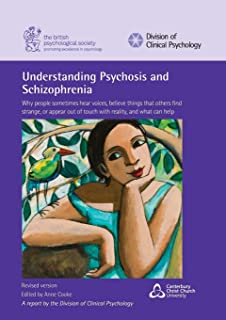Psychotic Disorder-Psychosis
Cluster Number:
Wiki Number: PW179-(This is a long and thorough article in Wikipedia. To be fair, please read the article entirely.)
Diagnosis: Psychotic Disorder-Psychosis
US Patients: 15% have auditory hallucinations; visual 55% of those with psychosis;
World Patients:
Sex Ratio:
Age Onset:
Brain Area: Dopamine matters.//Catatonia-physically agitated state; gray matter (interpreting life) is less; affects most brain areas.
Symptoms: Contrasting real and not real with hallucinations, delusions, incoherent speech, inappropriate behaviors & thought disorganization
Progression; auditory hallucinations now more common than visual ones; persecutory and grandure are the most common among delusions
Causes: schizophrenia, bipolar, sleep deprivation, drugs, alcohol and pot, substance abuse, childhood trauma,
Medications: antipsychotics
Therapies: social support
Youtube Video:
Psychotic Disorders: Current Concepts and Therapeutics
Amazon or Library Book: Understanding Psychosis and Schizophrenia
Click the book to link or order from Amazon.

